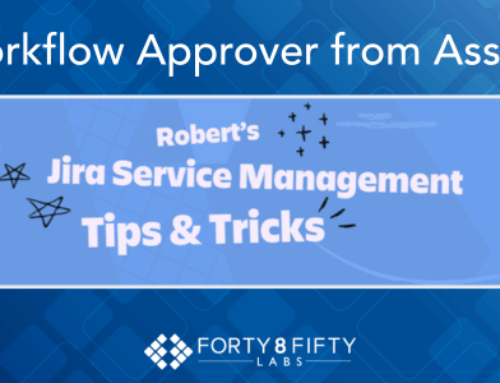Today, organizations are swamped with data from various sources. This data has incredible potential, from informing business decisions and inventions to aiding marketing efforts worldwide, not to mention eradicating bottlenecks, creating an agile, scalable enterprise and preparing your organization for growth. So, how do you strategically fuse data systems to maximize your data’s potential?
Why Fuse Your Data?
Data fusion refers to integrating data from multiple sources to produce more consistent, accurate and useful information. The goal is to create a single, comprehensive view of data that can drive better insights and actions. After correctly fusing your systems, all organizations, regardless of industry, experience:
- Enhanced Decision Making: By combining data from various sources, organizations can gain a holistic view, leading to more informed and accurate decisions.
- Streamlined Operational Efficiency: Automation is the cornerstone of efficiency. Integrating automation and data systems will reduce redundancy and simplify processes, reducing manual innovation and improving overall operational efficiency.
- Competitive Advantage: From internal orders to customer relationship management, organizations that effectively leverage integrated data can gain insights that provide a competitive edge.
Building a Strategic Approach
Assessing Data Sources and Quality
Before integrating data systems, you need to evaluate the quality and relevance of the data sources. A strategic system integration begins with a thorough analysis of existing workflow that informs decisions made to reach a harmonized digital ecosystem, with seamless integration ensuring every component works in tandem to enhance productivity and drive business outcomes. To achieve this level, ensure your data accuracy, consistency and completeness through a data quality assessment by:
- Data Profiling: Analyze the data sources’ structure, content and quality.
- Data Cleansing: Address inconsistencies, duplicates and missing values.
- Data Standardization: Ensure data is in a consistent format across all sources.
Ensuring data consistency and accuracy is vital to successful data synchronization and migration. Data is the lifeblood of any enterprise. When pursuing your integration journey, include meticulous data synchronization and migration strategies whether you’re updating the databases, consolidating information or migrating to a new platform.
Leveraging Advanced Technologies and The Cloud
Advanced technologies like artificial intelligence (AI) and machine learning (ML), powered in the cloud, can significantly enhance the effectiveness of data fusion.
- Automated Data Integration: AI algorithms can automate matching, merging and deduplicating data from different sources, reducing manual effort and improving accuracy.
- Predictive Analytics: ML models can analyze integrated data to predict trends, identify patterns and provide actionable insights.
- Natural Language Processing (NLP): NLP can extract and integrate unstructured data from text, enhancing the breadth of data available for analysis.
- APIs: APIs act as a bridge between disparate systems, which facilitates data exchange and ensures standardized communication for enhanced interoperability.
These advanced technologies, leveraged by the power of the cloud, will take your organization to the next level. In the era of cloud computing integration, seamlessly utilizing the cloud within a public, private or even through a hybrid alternative will harness your data’s power while providing a scalable, secure and agile operation.
Ensuring Data Security and Compliance
Security and compliance should be at the forefront of every integration decision-maker’s mind. Handling sensitive information should be paired with critical safety protocols throughout the process. Industry standards offer advice, encouraging data encrypting, access controls and compliance qualifications.
- Data Encryption: Encrypt data at rest and in transit to protect it from unauthorized access.
- Access Controls: Implement role-based access controls to ensure only authorized personnel can access sensitive data.
- Compliance: Adhere to relevant data protection regulations such as GDPR, HIPAA, and CCPA.
- Continues Monitoring and Analytics: Real-time monitoring and analytics provide visibility to the performance and health of your integrated systems. Proactive monitoring and sharing quick identification and resolution of any issues minimizes downtime and optimizes performance.
At Forty8Fifty Labs, we take things one step further. On top of taking every security precaution, we work to help organizations team better across clouds and silos to deliver software faster, secure environments more reliably and migrate development to the cloud. Over the past 16 years, we have engaged with over 1,000 mid-size and enterprise customers on their data journey. When working with an Apple and Mac/iOS infrastructure provider, we were able to migrate and fuse their data to improve responsiveness and speed to service requests while streamlining maintenance workflows for an overall more agile environment.
The benefits of using data systems are clear, but, organizations first need a strategically planned and implemented process that’s correct and secure. Assessing data quality, choosing appropriate integration techniques, leveraging advanced technologies and ensuring data security can transform your data into a powerful asset.
As the digital era continues to evolve, data fusion importance will grow, making it a critical component of any successful data strategy. If you are interested in breaking down your silos to build a unified data environment, give us a call. We would love to help shape your enterprise integration journey.
Related Posts:






